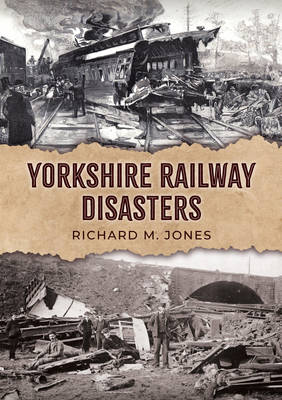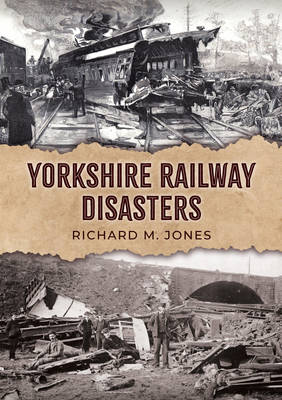
Bedankt voor het vertrouwen het afgelopen jaar! Om jou te bedanken bieden we GRATIS verzending (in België) aan op alles gedurende de hele maand januari.
- Afhalen na 1 uur in een winkel met voorraad
- In januari gratis thuislevering in België
- Ruim aanbod met 7 miljoen producten
Bedankt voor het vertrouwen het afgelopen jaar! Om jou te bedanken bieden we GRATIS verzending (in België) aan op alles gedurende de hele maand januari.
- Afhalen na 1 uur in een winkel met voorraad
- In januari gratis thuislevering in België
- Ruim aanbod met 7 miljoen producten
Zoeken
Omschrijving
Railway disasters were a new phenomenon in early Victorian England. One of the first to be investigated by the Railway Inspectorate was at Howden, a month after the Hull & Selby Railway opened, in which five people died in a derailment in 1840. Throughout the history of the railways, signaling and safety procedures have developed, and the railways have become much safer but even in recent times, accidents have happened. Yorkshire, the largest historic county in England and encompassing densely populated towns and cities, heavily industrialized areas, remote rural areas and coastal settlements, has seen its fair share of railway disasters over the last two centuries, including several at Penistone in the nineteenth and twentieth centuries and the worst accident on Britain's network in the 21st century at Great Heck. In Yorkshire Railway Disasters author Richard M. Jones reveals the stories behind the railway accidents in Yorkshire from the early days of the railways in the 1840s to the 21st century. Illustrated throughout, it will appeal to all those with an interest in railway history as well as those who would like to know more about the history of this part of England.
Specificaties
Betrokkenen
- Auteur(s):
- Uitgeverij:
Inhoud
- Aantal bladzijden:
- 96
- Taal:
- Engels
Eigenschappen
- Productcode (EAN):
- 9781398123212
- Verschijningsdatum:
- 15/08/2025
- Uitvoering:
- Paperback
- Formaat:
- Trade paperback (VS)
- Afmetingen:
- 165 mm x 234 mm
- Gewicht:
- 308 g

Alleen bij Standaard Boekhandel
+ 44 punten op je klantenkaart van Standaard Boekhandel
Beoordelingen
We publiceren alleen reviews die voldoen aan de voorwaarden voor reviews. Bekijk onze voorwaarden voor reviews.









